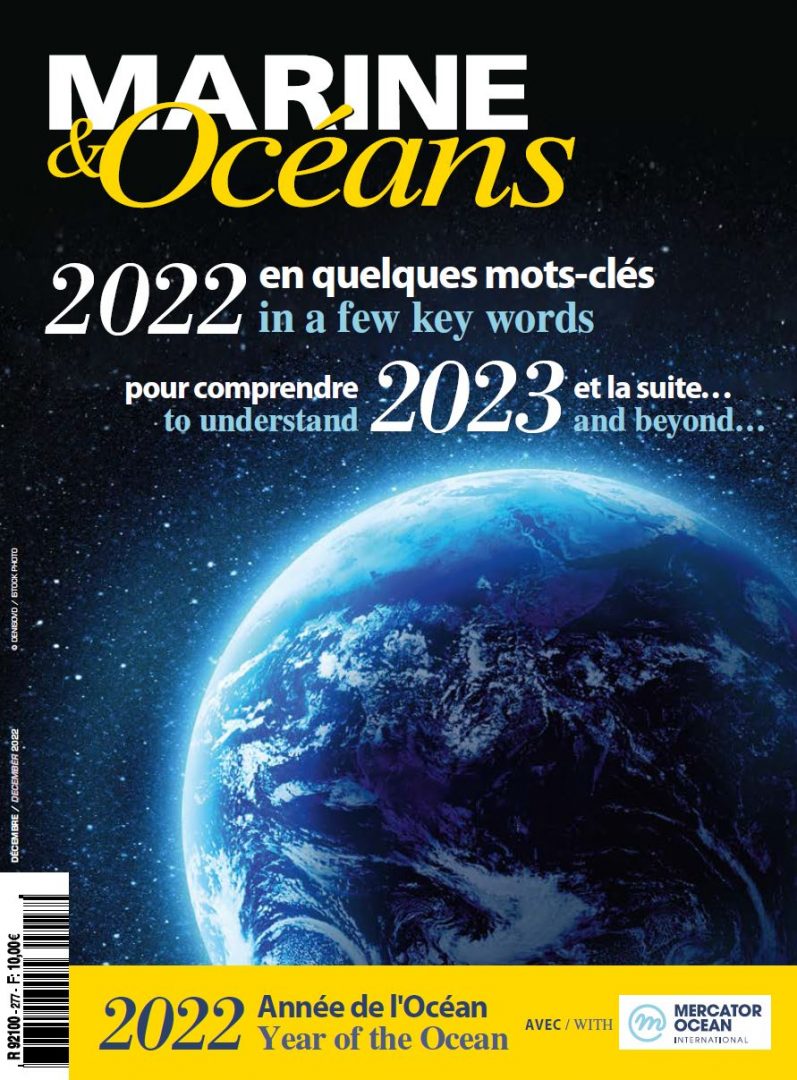The great maritime power of yesteryear has not escaped inevitable decline. Yet it remains a major player on the international stage. A look back at the history of the Serenissima, now facing new challenges.
Inhabited as far back as Roman times, the islands of the Venetian lagoon have a unique geography. They lie at the end of the great Po plain in northern Italy, at the mouth of the river of the same name and the beginning of the Adriatic Sea. It was during the decline of the Roman Empire that these islands began to take shape as cities. In 421, Venice was founded as a port of refuge for populations fleeing the barbarian invasions. Its island location made it a prosperous commercial center, at the crossroads between Europe and the Orient.
In the early Middle Ages, the city gained in power through maritime trade and its privileged links with the Byzantine Empire. The Serenissima gradually established itself as a major Mediterranean naval power. A republic from the outset, Venice succeeded in part thanks to its great political stability. The city was ruled by a doge, a magistrate appointed for life, whose terms of election would evolve throughout the life of the maritime power. Venice was also an important religious power, with Saint Mark as the city’s patron saint, to whom the great Basilica is dedicated. It took part in the 4th Crusade in 1204, as well as in the capture of Constantinople, and obtained numerous territories, notably in Greece and Italy.
Despite this, religion was rather detached from the state. In the 15th century, the city reached its apogee, dominating trade and geopolitics in the eastern Mediterranean. Its vast territory stretched from the Balkan coast to Crete and Asia Minor. The fall of Constantinople in 1453 and conflicts, notably with the Ottomans, eroded Venice’s hegemony. It was ruined by the loss of its monopolies with the discovery of America, in which it had no part, and the development of new sea routes. Faced with its commercial decline, Venice reinvented itself and became a cultural hub. With its focus on art and culture, Venice was a haven for many artists, exerting considerable influence on architecture, painting and literature.
The Republic of Venice came to an end in 1797 during Napoleon Bonaparte’s Italian campaign. The Grand Council voted to abolish the Republic’s institutions in the face of threats from the future French emperor, putting an end to more than a thousand years of independence for the city. Since the 19th century, Venice has become a popular tourist destination. Often considered the most beautiful city in the world, the steady rise in tourism has not prevented the population from declining, from over 300,000 in the 15th century to 50,000 today.
Today, the Venetian city faces several threats. Firstly, the city is literally sinking into the sea. Between 1915 and 2015, it subsided by 26cm! The cause: natural geological phenomena accentuated by human activity and global warming. The city is a victim of its own success: Venice is endangered by mass tourism, with almost 30 million visitors a year compared to around 50,000 Venetians, i.e. almost 600 tourists for every inhabitant! The government is planning to charge admission to the city in 2025, after a test phase in 2024. Finally, acqua alta, the periodic phenomenon that leads to fears that Venice might one day be buried by the waters, has been the focus of much research since the 1970s, with the aim of limiting its impact on residents and the city as a whole.
MOSE, which has been operational since 2020 and has already proved its worth, is the most promising artificial dike system for saving the city from repeated heavy flooding. Meaning “Moses” in Italian, the system is the focus of the hopes of the majority of the population. The dam consists of 78 floating dikes built around the three mouths linking the lagoon to the Adriatic Sea. When the sea level rises above 110cm, the metal gates lift to prevent the water from entering. Financial and political scandals slowed down the work, which finally took 20 years instead of the estimated 8, and cost no less than 6 billion euros, 4.5 billion more than planned. Today, MOSE is still criticized for its actual effectiveness and impact on the marine ecosystem.
Once again, Venice faces major challenges. It remains to be seen whether plans to protect the Serenissima from the waters will be enough to save what was once one of the greatest maritime cities in human history.
By Arthur Benoit


